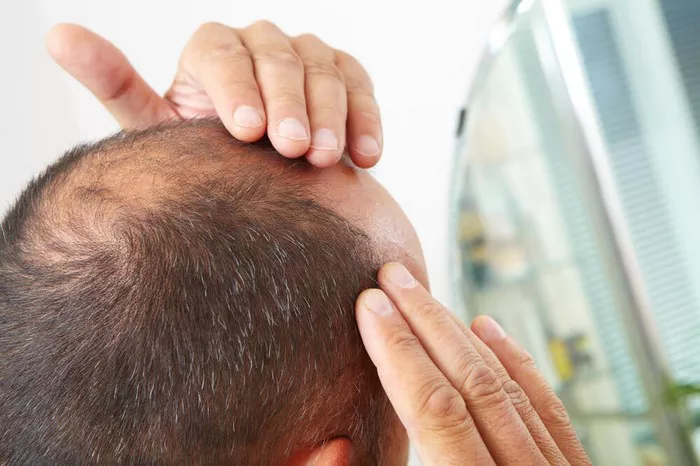Hair transplant surgery has evolved into a widely accepted and effective solution for addressing hair loss. However, individuals considering this procedure often harbor concerns about the possibility of a failed outcome. In this exploration, we delve into the factors that influence the success of a hair transplant and address the question: What are the chances of a failed hair transplant?
1. Surgeon Selection and Expertise
One of the primary determinants of a successful hair transplant is the expertise of the surgeon performing the procedure. Key considerations include:
Experience: Surgeons with extensive experience in hair transplantation are more likely to produce successful outcomes. They possess the skills to navigate challenges and achieve natural-looking results.
Qualifications: Board-certified and reputable surgeons adhere to high standards of practice, minimizing the risk of procedural errors.
2. Understanding the Factors Contributing to Failure
While modern hair transplant techniques have significantly reduced the chances of failure, certain factors can contribute to suboptimal outcomes:
Poor Surgical Planning: Inadequate planning in terms of hairline design, graft placement, and overall aesthetic considerations can lead to less satisfactory results.
Graft Survival: The survival of transplanted grafts is crucial. Factors such as improper handling, prolonged exposure, or insufficient blood supply can impact graft survival.
Donor Site Damage: Overharvesting from the donor site (FUT method) or excessive extraction (FUE method) can result in scarring, poor healing, and compromised donor area aesthetics.
3. Patient Selection and Expectations
Successful hair transplant outcomes also hinge on appropriate patient selection and managing expectations:
Realistic Expectations: Patients with realistic expectations are more likely to be satisfied with the results. Understanding the limitations of the procedure is crucial for overall satisfaction.
Health Considerations: Underlying health conditions, smoking, and certain medications can affect the success of the procedure. Transparent communication about medical history is vital.
4. Technological Advancements and Techniques
Advancements in hair transplant technologies and techniques have significantly improved success rates:
Follicular Unit Transplantation (FUT): This method involves the removal of a strip of tissue from the donor area, and individual follicular units are then transplanted. Proper closure techniques minimize scarring.
Follicular Unit Extraction (FUE): FUE involves the extraction of individual follicular units directly from the donor area. Advanced tools and techniques enhance precision and minimize scarring.
5. Post-Operative Care and Follow-Up
Patient compliance with post-operative care instructions and regular follow-up appointments are integral to a successful outcome:
Medication Adherence: Patients are often prescribed medications to aid in healing and prevent infection. Adherence to medication regimens is crucial.
Avoiding Trauma: Patients must avoid activities that could traumatize the transplanted area during the initial healing phase.
6. Addressing Complications
Despite meticulous planning and execution, complications can occasionally arise:
Infection: Proper hygiene and post-operative care minimize the risk of infection. Timely intervention can address any infection that may occur.
Scarring: While modern techniques aim to minimize scarring, individual healing responses can vary. Proper care and adherence to post-operative guidelines contribute to optimal healing.
Conclusion: A Multifaceted Journey with Optimism
In conclusion, while the chances of a failed hair transplant are relatively low, success is contingent on various factors, including surgeon expertise, patient selection, and adherence to post-operative care. Advances in technology and refined surgical techniques contribute to positive outcomes.
Optimism should prevail for individuals considering a hair transplant, provided they thoroughly research and select a qualified surgeon, manage expectations realistically, and commit to post-operative care. The transformative benefits of a successful hair transplant often outweigh the minimal risks, offering individuals a renewed sense of confidence and well-being.
The Realities of Hair Transplant Costs: A Comprehensive Guide
Hair Transplant for Alopecia Areata: Exploring its Viability as a Treatment Option

